It was the perfect business model for how Chile was to make its wealth, and it all begins upon the sandy land of the desert Atacama. Here thousands of people came to work and become part of this staggering industry.
They came to work in one of the major deposits of saltpeter in the world, a product that later would be used to produce sodium nitrate, a type of fertilizer. This fertiliser was meant to help the agricultural industry in North and South America, as well as in Europe.
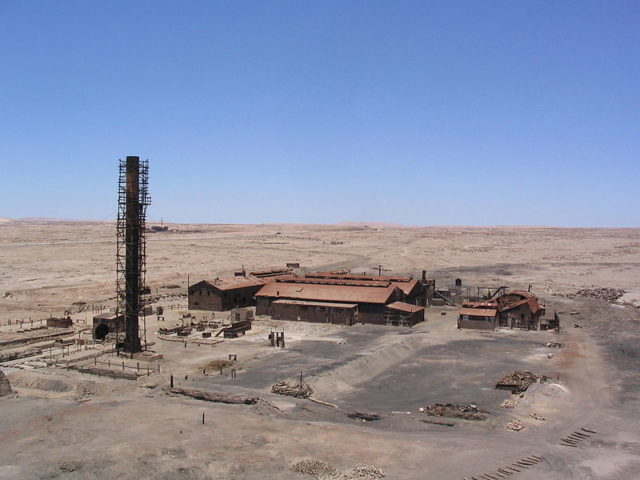
The money gained from exporting niter around the world would have created a huge boost for the Chilean economy. But things do not always go according to the plan. Humberstone and Santa Laura were the saltpeter refineries (two among over 200), created in 1872, that processed potassium nitrate (KNO3). Their location is almost 50 km from Iquique, a city in northern Chile.
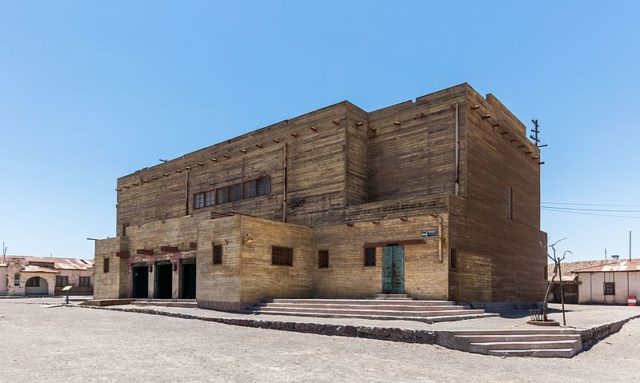
In order for the process to run smoothly, a series of specially crafted railways were constructed that connected these saltpeter refineries. This railway speaks volumes for how serious Chile was in developing this industry as well as the technological advancement that was groundbreaking for its time.
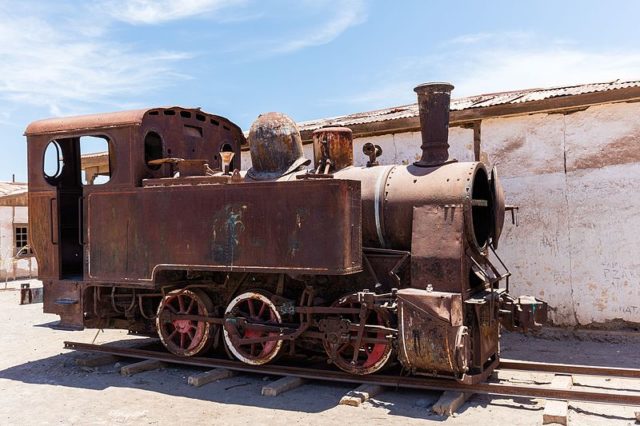
Given the fact that this industrial area is spread across more than 570 hectares, the need for a railway becomes even clearer.
Once people heard about this revolutionary industry, they came from as far as Peru and Bolivia to live and work in the harsh desert environment. But despite the difficult location, the workers formed a strong community and the basis of what later would become known as the Pampino culture.
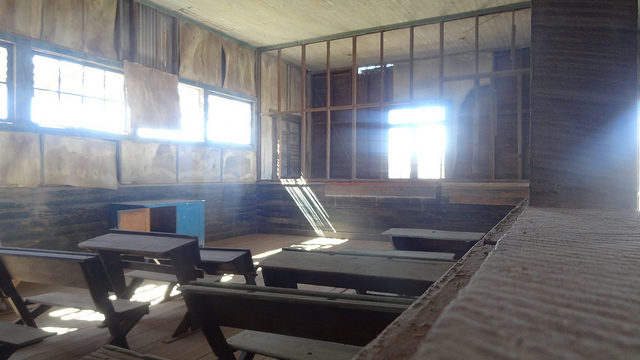
The Pampinos were known for their harmony and the team spirit that they shared, the battles they put up for social equality, and the mark they left upon social history. As years went by, the world slowly changed. The final great blow to the stability of these two great saltpeter works came from the Great Depression in 1929, which brought the world ever closer to poverty.
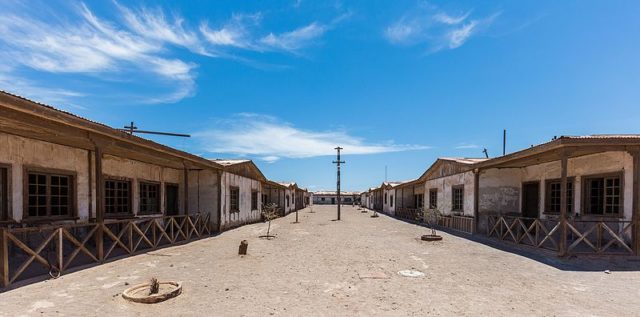
During this period, two German men named Fritz Haber and Carl Bosch developed the Haber-Bosch process: a technique used to synthesize ammonia using nitrogen and hydrogen gas.
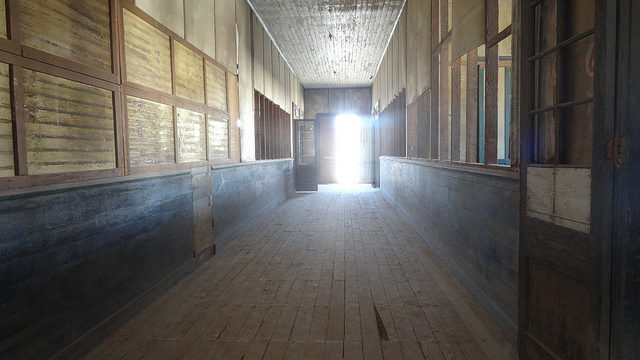
They were jointly awarded the Nobel Prize for this achievement. Now, the Humberstone and Santa Laura Saltpeter Works were no longer the most technologically advanced producers of pure fertilizer. This new synthetic method was less expensive which meant a lower cost of production, which subsequently led to higher profits.
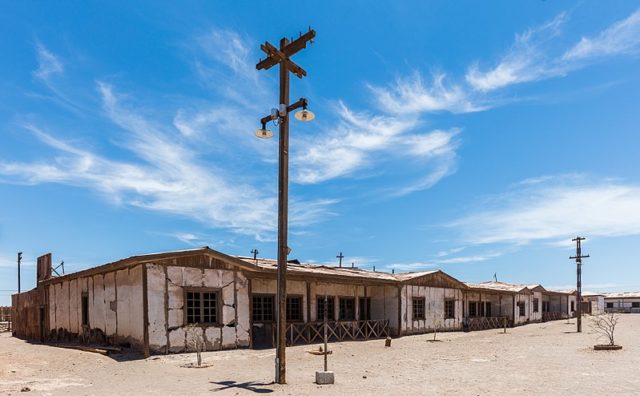
The two saltpeter refineries were beginning to struggle. At the last minute, they were purchased by Cosatan. This company transformed the way they once worked, modernized the saltpeter works, and introduced them once more as stable competitors in the production of natural fertilizer.
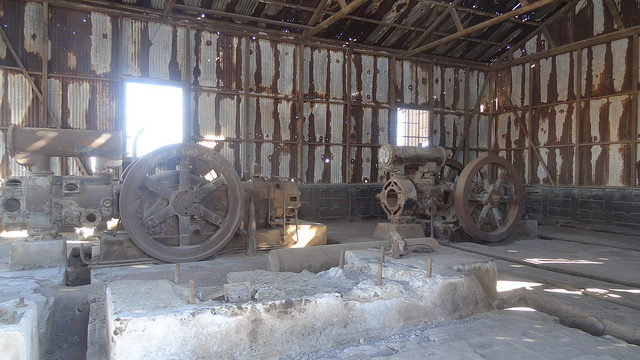
At the start of WWII, the saltpeter works were performing beyond projections. From 1940 until the mid-1950s, the refineries were performing well. But the Cosatan company went through a sudden and mysterious decline and in 1958 declared bankruptcy. The saltpeter works were abandoned about two years later, leaving their surrounding communities ghost towns.
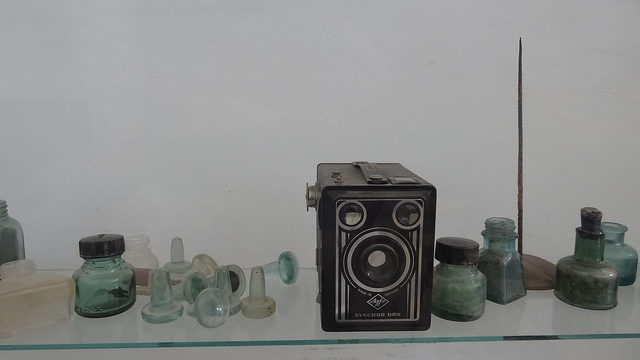
Nonetheless, the saltpeter works transformed the lives of many young and old Chileans and brought great wealth to the country. Today these monumental ghost towns are designated a UNESCO World Heritage Site, where Santa Laura features almost perfectly preserved machinery and Humberstone flawlessly depicts the way of life in these towns.
Even though they bid farewell years ago, people still come to visit and feel the atmosphere where the Pampinos once struggled for social equality.
